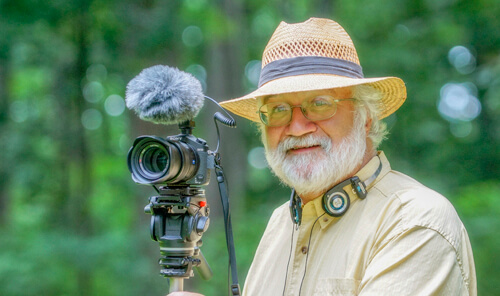Bob Krist is a freelance photographer who worked regularly on assignment for magazines such as National Geographic Traveler, Smithsonian, and Islands. These assignments have taken him to all seven continents and have won awards in the Pictures of the Year, Communication Arts, and World Press Photo competitions.
He won the title of "Travel Photographer of the Year" from the Society of American Travel Writers in 1994, 2007, and again in 2008.
Bob is a Sony Artisan of Imagery and has become an avid filmmaker, shooting and producing short travel films for a variety of clients, including National Geographic. His movie about Iceland, "A Thousand Autumns," won awards at the Johns Hopkins Film Festival, the Reykjavik International Film Festival, and the Trento Italy International Film Festival.
For the last three years, one of his self-produced, one-man-band travel documentaries has placed either first or second in the prestigious Lowell Thomas Awards for Video Broadcast, sharing those top honors with films produced by much bigger and better-financed crews, like those from PBS prime time, CBS's Sunday Morning, and the New York Times.
He is currently working on his next book, called, "Old Souls-Enduring Places," which is a collection of his black and white portraiture and landscape from around the world. "It's my 'anti-Gram' project," Krist says about the book.
